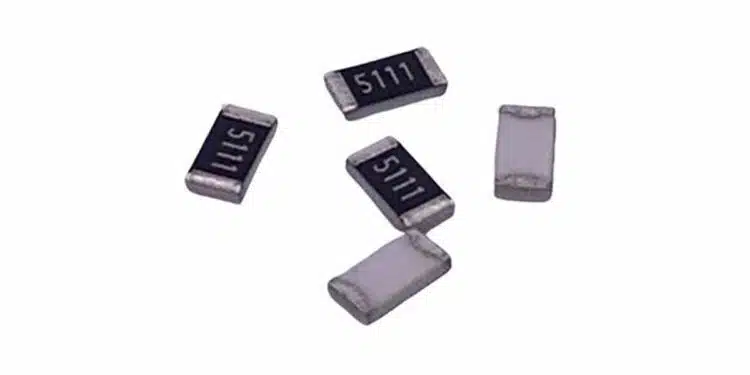Stackpole releases RNCA series of thin film automotive grade chip resistors, AEC-Q200 qualified, that deliver excellent long-term reliability.
Precision electronic devices across various market segments demand high-reliability components. Automotive grade thin film resistors offer increased reliability and enhanced performance without the high costs and limited availability associated with military-grade components.
The Stackpole RNCA series is manufactured on dedicated lines with strict material and process controls, these resistors demonstrate superior performance in all AEC Q200 tests, significantly reducing the expected failure rate.
Additionally, the RNCA series excels in anti-sulfur performance, passing the ANSI/EIA-977 sulfur test with minimal resistance shift at 105°C. The RNCA series is an ideal solution for precision medical applications, automotive electronics, non-military aerospace, as well as instrumentation and metering, providing exceptional reliability and performance.
Features:
- Tolerance to ± 0.05%
- Low TCR to ± 10 ppm/ºC
- Inner terminations engineered to deter sulfur contamination
- RoHS compliant, REACH compliant, lead free, and halogen free
- AEC-Q200 qualified































